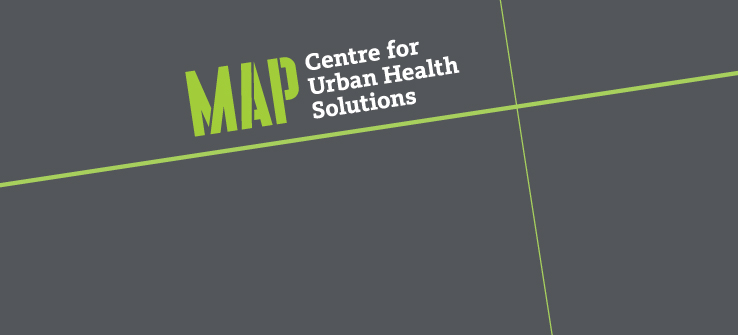According to the Ontario College of Family Physicians, 1.8 million residents in the province don’t have a family doctor — a number it says could reach three million by 2025 if current trends persist.
About 1.7 million people have a physician over the age of 65, said Dr. Jobin Varughese, the college’s president-elect
“So, unfortunately, as tragic as it is to say ‘Thank you for all of your service, but continue to work,’ [even older doctors like Dr. Bell] may become a little bit more common than one or two cases,” Varughese said.
Dr. Tara Kiran, a family doctor and researcher at St. Michael’s Hospital, which is part of the Unity Health Toronto network, said there is a worrying trend of fewer Ontario medical students choosing to enter family practice, and there are several potential reasons why.
Those include a fear of working alone at clinics not staffed by teams, lower pay and perceived stature, and a significant amount of time spent on paperwork instead of interacting with patients.
“The paperwork in primary care is horrendous,” Bell said. “Wednesday is a day off, but [they] tend to be paperwork days.”
Bell and Kiran also cite a backlog in medical services created by the COVID-19 pandemic, which puts “a huge increase in pressure on us,” he said.
Kiran co-authored a recent study showing many family doctors retired early in the pandemic, whereas Bell says he’ll stay on at the Sharbot Lake clinic until they find the right person to replace him.
“Well, kudos to Dr. Bell for his commitment to his practice and to the town,” Kiran said, adding it’s not uncommon for some family doctors to work into their old age.
“It’s a profession that we train a long time for and it becomes a big part of our identity.”

